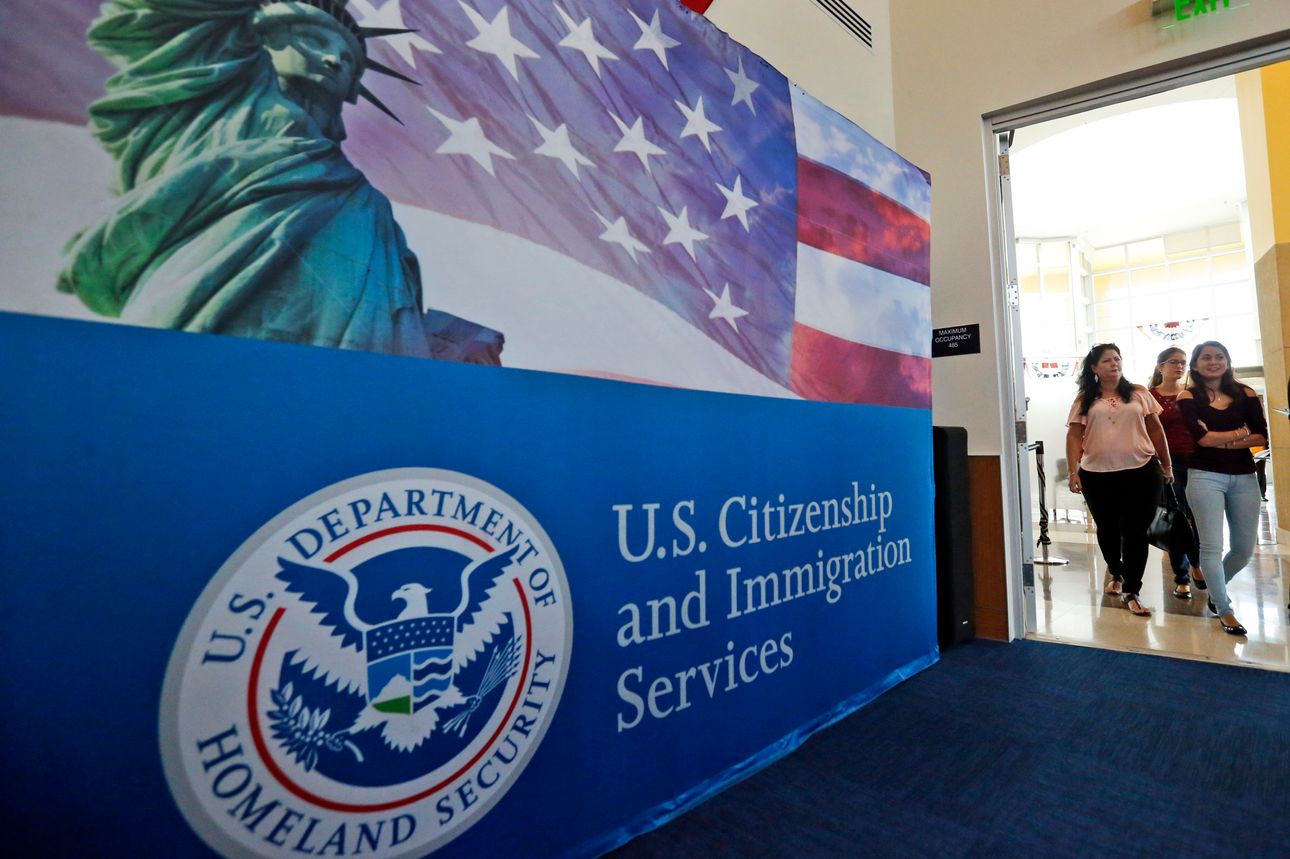Sudhir Chauhan immigrated from India to San Francisco on an H-1B visa to work for a private consulting firm. His wife Punita and son, TJ, immigrated on H4 visas – the family visa to accompany H-1B visa holders. TJ is now a junior at UC Berkeley making contributions to STEM as a chemical engineering student. However, even as a dependent on his father on an H-1B visa and a successful student, TJ faces deportation due to an unnecessarily convoluted process to allow him to remain and finish his studies. It has now been more than a year and the Chauhan family is still awaiting a decision.
The challenges that the Chauhan family faces with varying visa statuses, despite their multigenerational contributions to the US scientific community, are a microcosm of the cumbersome process of obtaining an H-1B status. The Immigration Act of 1990 introduced the H-1B visa to allow employers to hire skilled immigrant workers under temporary visas. The H-1B visa caps at 65,000 each year on a first come first serve basis. Through other mechanisms, companies can petition for an additional 20,000 H-1B visas for people with a master’s degree or higher from a US institution. Professors working at a US institution of higher education, researchers for non-profits, or researchers for a government agency are exempt from the cap. But, the visa cap is now thirty years old. In a world of ever-greater scientific competition, obtaining the H-1B visa has become unnecessarily lengthy and difficult.
 The pandemic and Trump-era policies contributed to the massive slowdown in issuing H-1B visas. PHOTO: WILFREDO LEE/ASSOCIATED PRESS
The pandemic and Trump-era policies contributed to the massive slowdown in issuing H-1B visas. PHOTO: WILFREDO LEE/ASSOCIATED PRESS
Why is the H-1B process so difficult? One reason lies in a flawed idea of a rigid economy. Many people mistakenly view employment as a zero-sum game, with jobs being “stolen” by immigrants. However, the Bureau of Labor Statistics expects an increase of 488,500 new jobs created from 2014 to 2024. With the creation of almost half a million jobs from rapid innovation, H-1B immigrants fill in the gaps that native born workers cannot currently fill, bringing in the world’s best minds to fill the needs. This creates a virtuous cycle of innovation, development, and economic growth, producing an even greater demand for skilled labor through H-1B visas.
That is why the most innovative and cutting edge firms are the ones constantly seeking the world’s highest skilled professionals through H-1B visas. The top 10 companies that sponsor the most approved H-1B visa petitioners, include Amazon, Infosys, Tata Consultancy Services, Cognizant, Microsoft, Google, Capgemini, HCL America, IBM and Facebook. Companies like Intel and Apple are not far behind either.
COVID has only exacerbated the pharmaceutical industry’s need for skilled labor specifically. With 56 percent of US post-docs on temporary visas, the development of US vaccines such as the Moderna vaccine stemmed from the granting of temporary visas like the H-1B visa petitions for post-docs. In fact, many of these post-docs recently posted an open letter to the Biden administration advocating for an easier path to work in America. From computer scientists to medical researchers and the CEO, nearly all the key personnel involved in the development of the Moderna Vaccine were on H-1B visas or work related green cards.
This isn’t new. Over 40% of the Nobel Prizes awarded to Americans since the year 2000 were awarded to foreign born Americans – many of whom came on H-1B visas!
In the face of new competition and rapid innovation, multinational corporations have been forced to avoid the laborious H-1B process by relocating employment to foreign affiliates in China, India, and Canada. In a 2008 appearance before Congress, Bill Gates testified about the importance of liberalizing the H-1B visa application process. He noted that Microsoft opened a new office in Vancouver due to Canada’s less restrictive immigration rules. With testimonies like these, it comes at no surprise that, by limiting the number of H-1B visas to a rigid 65,000 cap per year, the US has missed out on an important opportunity to create new jobs. Had the US not rejected 178,000 H-1B petitions between 2007 and 2008, US metropolitan areas could have generated upwards of 232,000 jobs in the following two years – years of the Great Recession.
Over 40% of the Nobel Prizes awarded to Americans since the year 2000 were awarded to foreign born Americans - many of whom came on H-1B visas!
